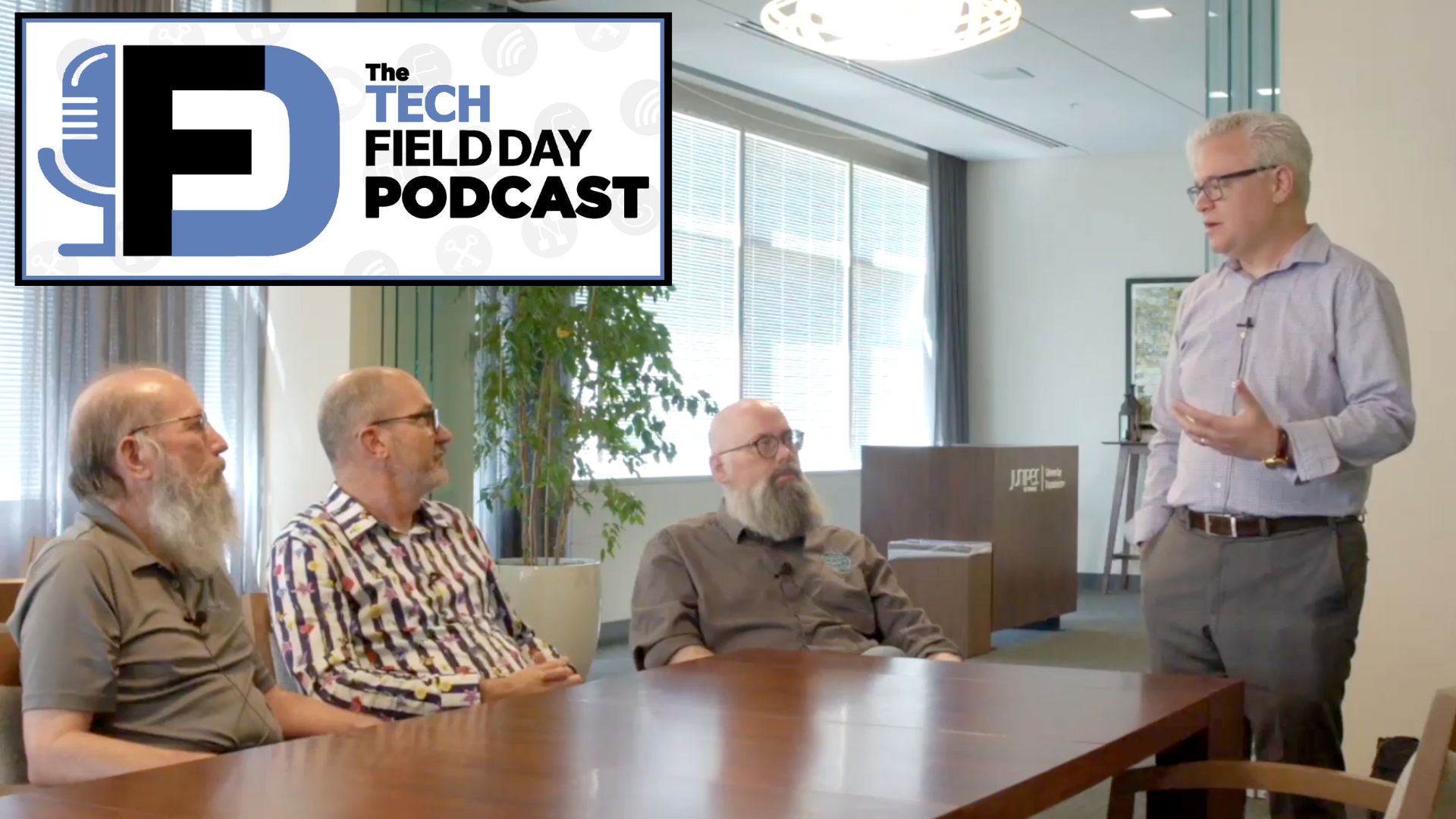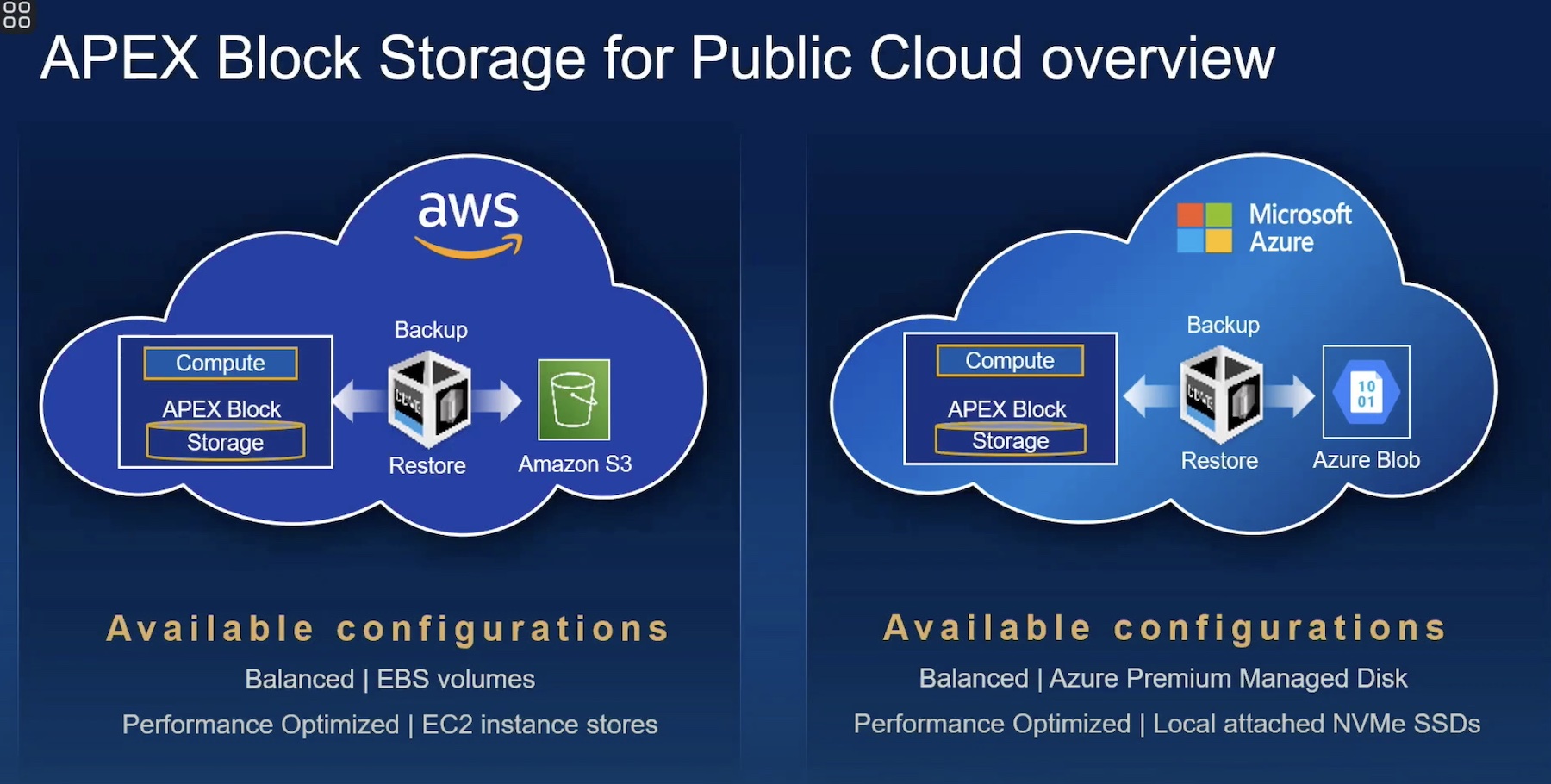Owning a car is kind of a pain. You have to worrying about where to park it, fueling, maintenance, keeping it safe, and insuring it. Even after you’ve paid a car off, the costs associated with it can often feel like a millstone around your neck. A car is very much like physical IT infrastructure. It can be shiny and new, or musty and old. But either way, there’s an inherent responsibility about owning it.
So imagine that you wanted to try out using ride-sharing to get around instead of a car. That sounds so much better! But what if everyone who wanted to do that had to learn to code their own app and build their own network of drivers? Congratulations, you’re using OpenStack! While the end goal gives you a lot more flexibility, is it really worth the complexity?
Where is the middle ground in all this? The enterprise can’t go full on “appification”, the requirements are far too complex. But we have seen managed platforms take off in a variety of sectors to help mitigate complexity while still allowing for the agility the cloud enables.
This is largely why the software-defined wave has swept through the enterprise. Having a software platform that largely removes the need for active management by the enterprise takes away a lot of organizational headaches. Think of what a company like Viptela does with WAN infrastructure, it basically flattens a lot of considerations, allowing you to worry less about setup, and more about how you want to function.
This software-defined approach has seen solutions from companies in networking, WAN, and security. While the implementations all have their differences, the purpose remains the same. Use a software solution to mitigate the complexity of the cloud. Make managing infrastructure a service, rather than a product that every enterprise has to reinvent the wheel on for their own setup.
So have we exhausted this approach in the enterprise? Are we saturated in solutions? There certainly are a burgeoning number of companies across a number of areas. But one area without much in the way of a solution is the cloud managed data center. This is where ZeroStack comes in.
ZeroStack is doing all the hard work to let an enterprise use the cloud to manage the cloud. Their goal is to combine the feature rich but complex world of cloud computing, with the ability to seamlessly mix workloads with physical hardware. They’re building on their self-healing cloud managed architecture by adding AI algorithms to completely manage this process, meaning your organization doesn’t have to have an entire team dedicated to making your cloud infrastructure work. Their goal isn’t to replace your IT team, rather it’s simplifying the cloud to let them get to things more in their wheelhouse.
The company is emphasizing that there are a lot of smarts baked into their solution. This isn’t simply slapping a nice web UI on a bundle of open-source code that you have to configure. If you’d like that, there’s plenty of competition. But a self-driving cloud environment is a pretty novel solution.
ZeroStack plans to release this full solution in early February. We’re expecting to get more details from their presentation at Tech Field Day, February 1-3. Watch the presentation live!





[…] ZeroStack and the Complex Cloud Conundrum […]